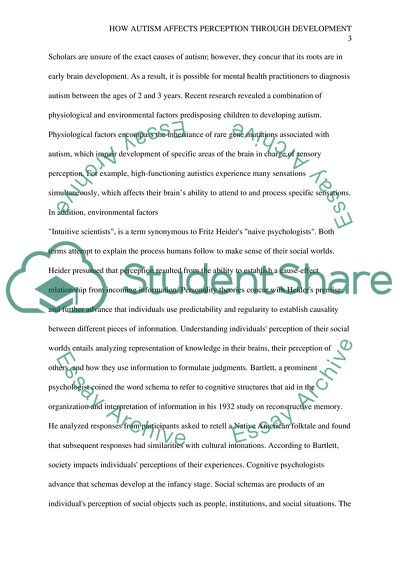Cite this document
(How Autism Affects Perception through Development Research Paper Example | Topics and Well Written Essays - 1250 words, n.d.)
How Autism Affects Perception through Development Research Paper Example | Topics and Well Written Essays - 1250 words. https://studentshare.org/psychology/1822958-how-autism-affects-perception-through-development
How Autism Affects Perception through Development Research Paper Example | Topics and Well Written Essays - 1250 words. https://studentshare.org/psychology/1822958-how-autism-affects-perception-through-development
(How Autism Affects Perception through Development Research Paper Example | Topics and Well Written Essays - 1250 Words)
How Autism Affects Perception through Development Research Paper Example | Topics and Well Written Essays - 1250 Words. https://studentshare.org/psychology/1822958-how-autism-affects-perception-through-development.
How Autism Affects Perception through Development Research Paper Example | Topics and Well Written Essays - 1250 Words. https://studentshare.org/psychology/1822958-how-autism-affects-perception-through-development.
“How Autism Affects Perception through Development Research Paper Example | Topics and Well Written Essays - 1250 Words”. https://studentshare.org/psychology/1822958-how-autism-affects-perception-through-development.


